Kyoritsu KEW 6516BT Manual
Læs gratis den danske manual til Kyoritsu KEW 6516BT (72 sider) i kategorien Ikke kategoriseret. Denne vejledning er vurderet som hjælpsom af 110 personer og har en gennemsnitlig bedømmelse på 4.7 stjerner ud af 55.5 anmeldelser.
Har du et spørgsmål om Kyoritsu KEW 6516BT, eller vil du spørge andre brugere om produktet?

Produkt Specifikationer
| Mærke: | Kyoritsu |
| Kategori: | Ikke kategoriseret |
| Model: | KEW 6516BT |
Har du brug for hjælp?
Hvis du har brug for hjælp til Kyoritsu KEW 6516BT stil et spørgsmål nedenfor, og andre brugere vil svare dig
Ikke kategoriseret Kyoritsu Manualer
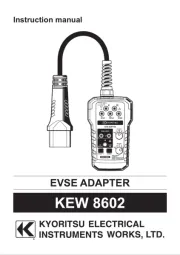
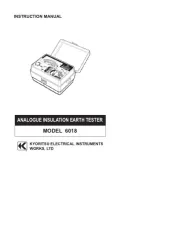
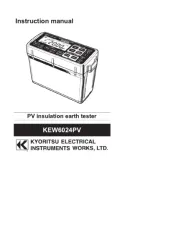
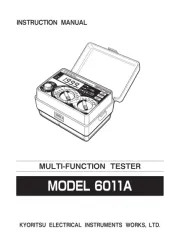
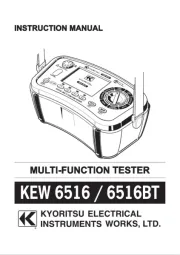
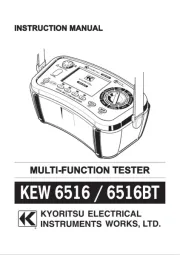
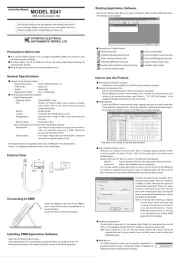
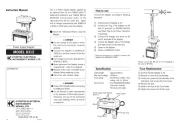
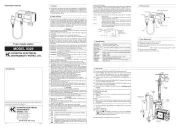
Ikke kategoriseret Manualer
- Empress Effects
- Ewent
- Weber
- YISHU
- Exquisit
- Fuji
- SBS
- Fluval
- AmpliVox
- Alpine
- Technical Pro
- Bryton
- ShelterLogic
- Victorio
- Tekron
Nyeste Ikke kategoriseret Manualer









